The lighting in Cinema 4D plays a crucial role in the quality of your renderings. It is often noticed that the light sources do not appear as desired, especially when using complex scenes with multiple light sources and effects. This guide will help you perform targeted "data cleaning" to optimize the visibility of light sources in your renderings and make the most of your lighting setup.
Key Insights
- Not all light sources are visible in every layer.
- By adjusting the blending mode and deleting unnecessary layers, you can improve the effectiveness of your lighting setup.
- A thorough inventory of light sources is essential for optimized renderings.
Step-by-Step Guide to Inventory in Cinema 4D
To effectively review and clean up your light sources, follow these steps:
First, take a look at your rendering in Photoshop. Use the multipass mode in Cinema 4D. Often, the renderings do not appear as you saw them in Cinema 4D. It is common for some elements not to be transferred correctly. This discrepancy between the programs is normal and shows you that you need to do a little cleanup work.
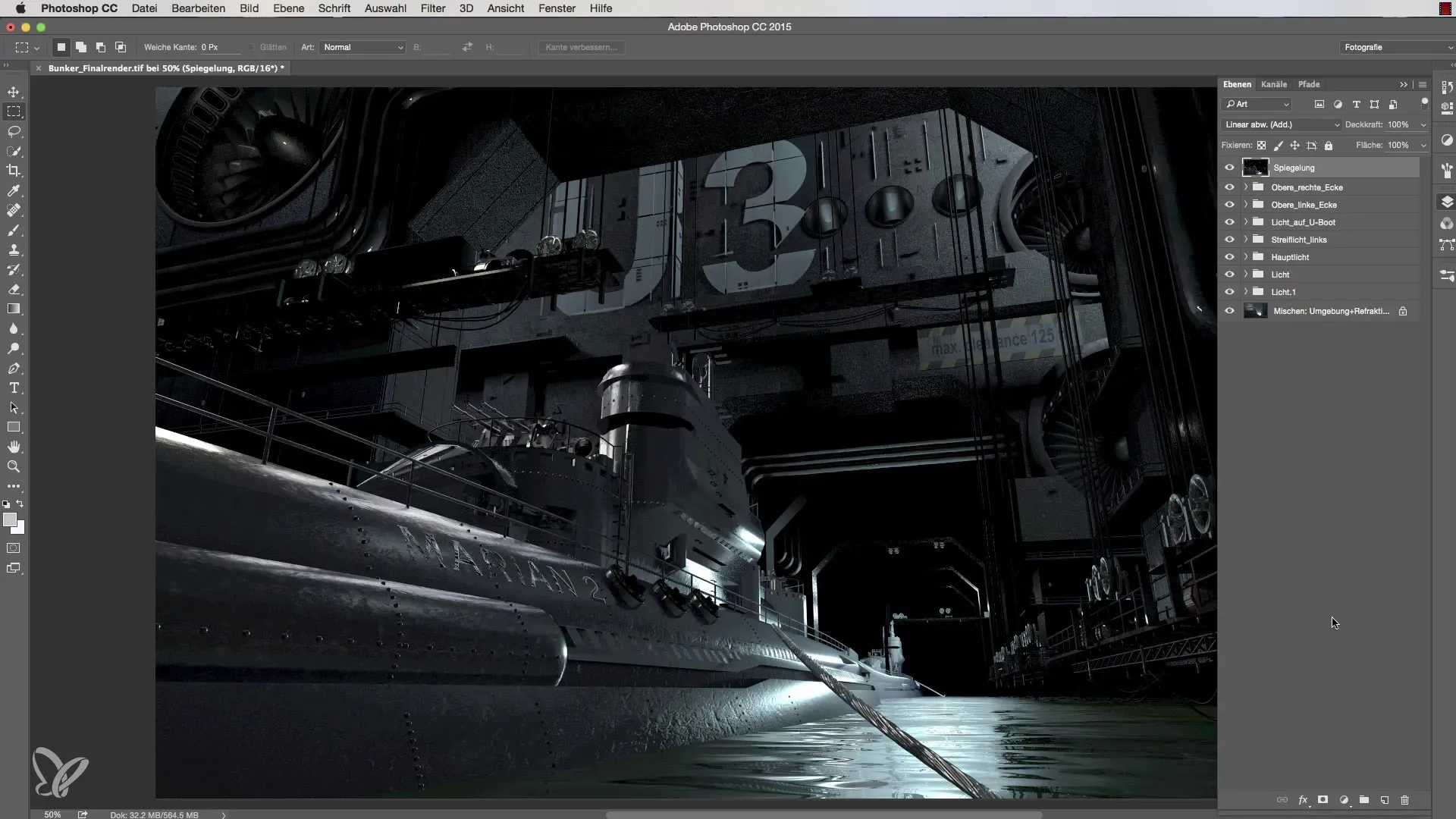
To find out what exactly went wrong, you can enable the mixed channel. Hold down the Alt key and click on "A". This will display only the relevant information of the channel. Here, you will learn that some light sources and their visibility are not what you need. While visibility is there, it is not displayed correctly.
Next, look at the reflections. When you enable the reflection, you immediately notice that it brings the brilliance to your image that you are striving for. It is also important to check the highlights. Although they may not be as physically accurate as reflections, they can quickly lead to better rendering and should therefore be included in your lighting setup.
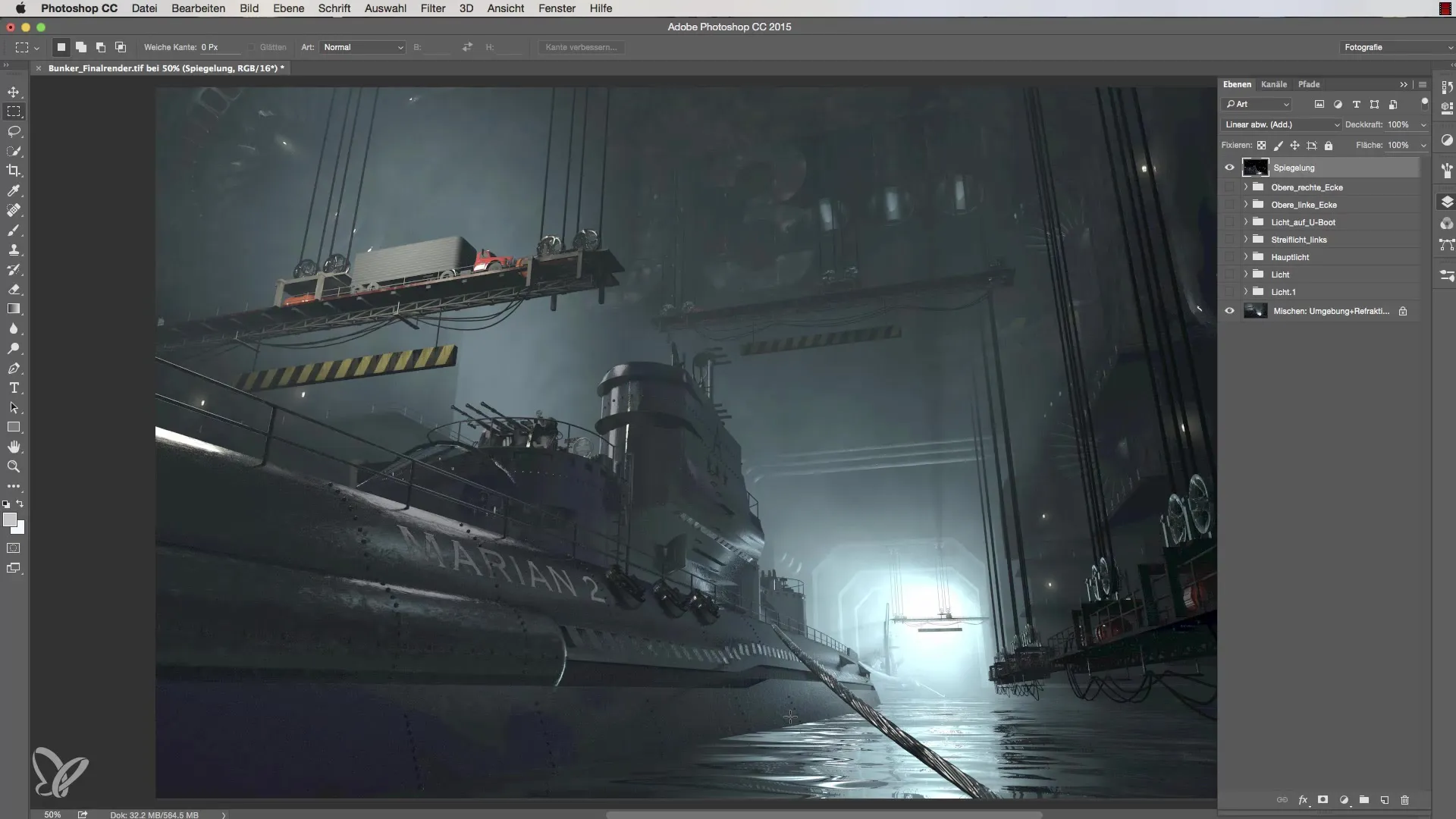
Click on the light sources in the image and analyze their impact. Some light sources significantly contribute to the effects, while others are completely unnecessary in the scene. You can turn them off or delete them entirely if they create unnecessary light and shadow effects.

Take the time to go through the light sources one by one. Pay special attention to the main light. It can create both positive and negative effects in your scene. Therefore, it is one of the light sources that should be examined more closely.
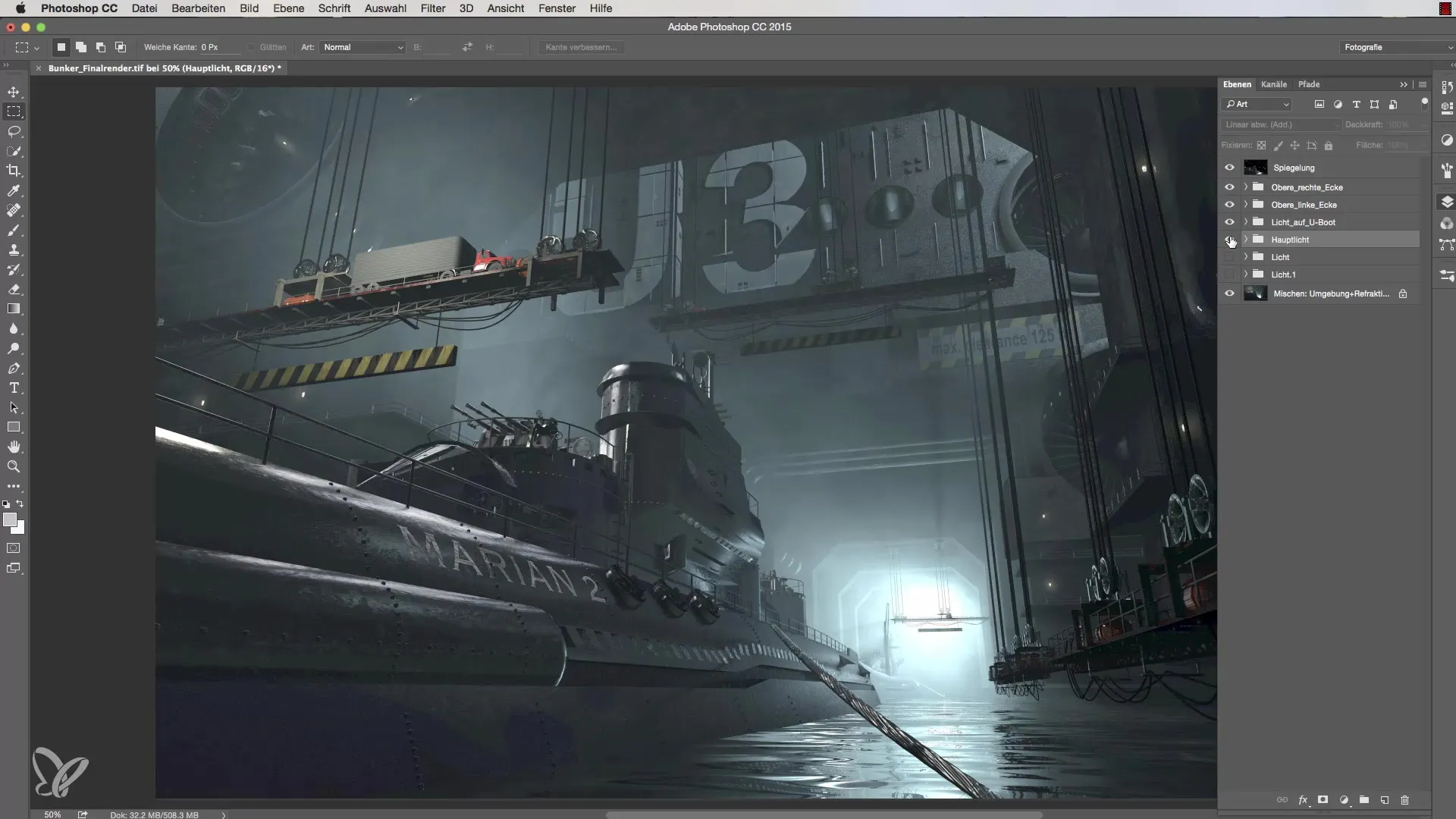
Look at the light sources simply named "Light" and "Light 1". These may often come from previous settings and may not help to achieve a clean lighting of your scene. Also, check if these lights are responsible for instances or other secondary elements simultaneously.
An important step is to delete unnecessary light sources. Light 1 is often redundant, while other lights continue to contribute to a certain atmosphere in the image. Decide which light sources you definitely want to keep or delete.
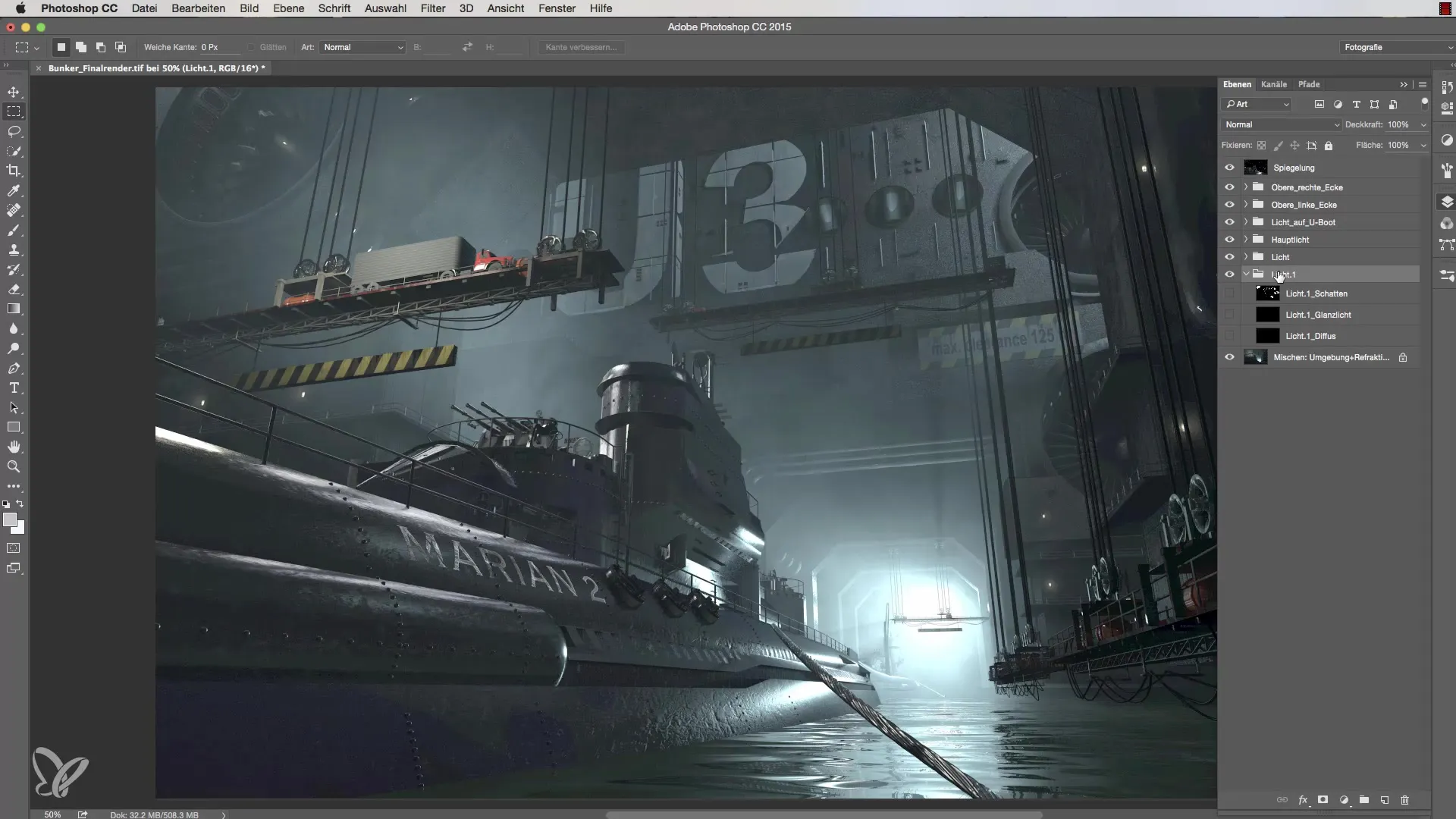
If you want to name the light sources better, you can do this by double-clicking on the light source. This way, you can maintain a better overview of your light setup.
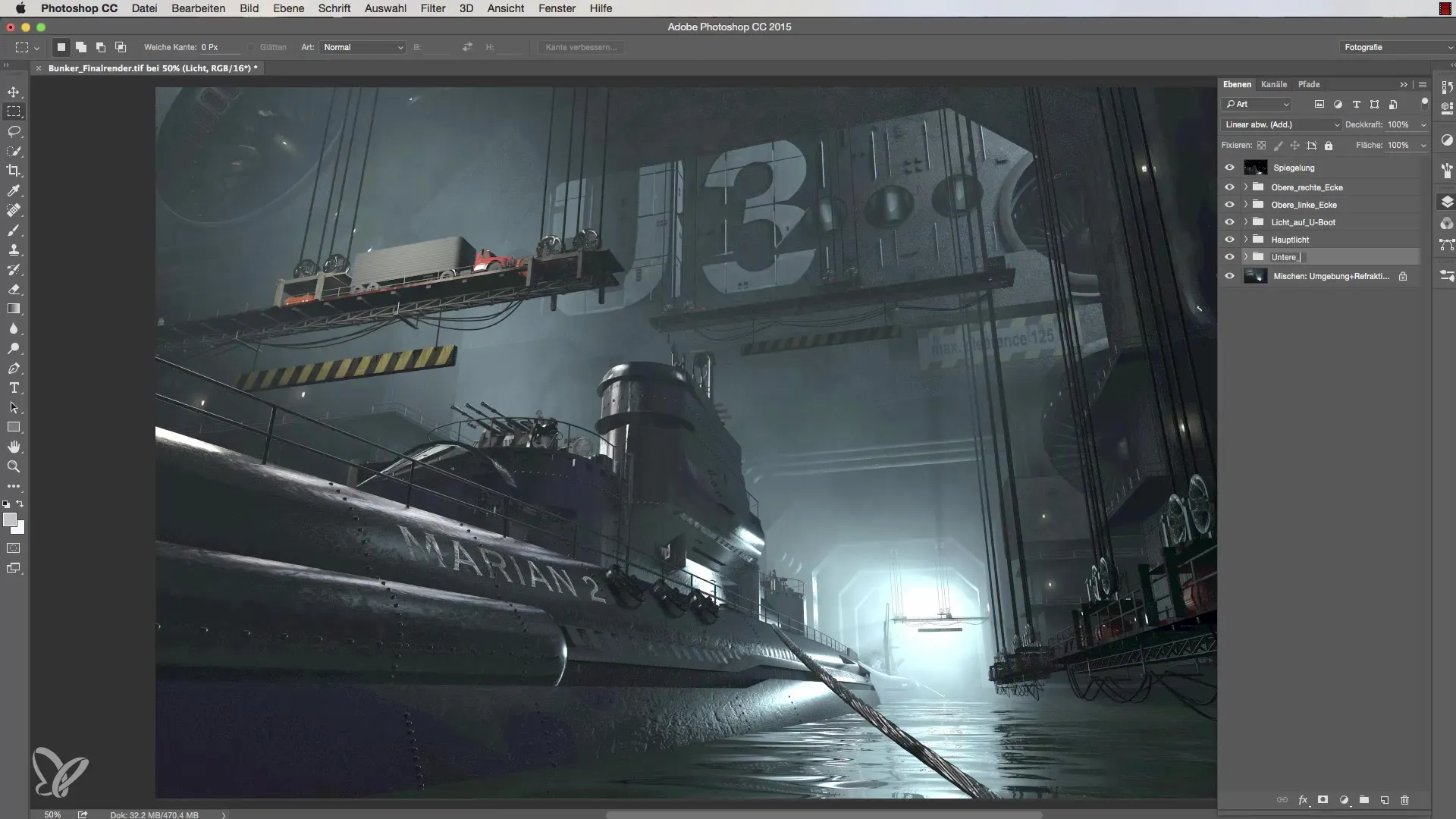
After completing the entire processing, you have finished the inventory. You should now be confident that your light sources are effectively placed and listed correctly. The visibility of shadows and base brightness should now be optimized.
Summary – Cinema 4D Lighting: Inventory for Optimized Light Sources
This guide provides you with a clearly structured process for reviewing and updating your light sources in Cinema 4D. Pay attention to how they interact and what role they play in your overall scene to achieve a high-quality and appealing result.
Frequently Asked Questions
What is the purpose of a light source inventory?An inventory helps to review all light sources and optimize their visibility and effects.
How is the visibility of light sources influenced in Cinema 4D?Visibility is influenced by the settings of the light sources and their impact on other elements.
Can I simply delete light sources?Yes, unnecessary light sources can be removed to simplify the lighting setup and improve rendering.
Do I need to name every light source?It is sensible to name light sources to maintain control and overview of the lighting in your scene.
Is the mixed channel important for analysis?Yes, the mixed channel shows crucial information about light sources and their effects on rendering.


